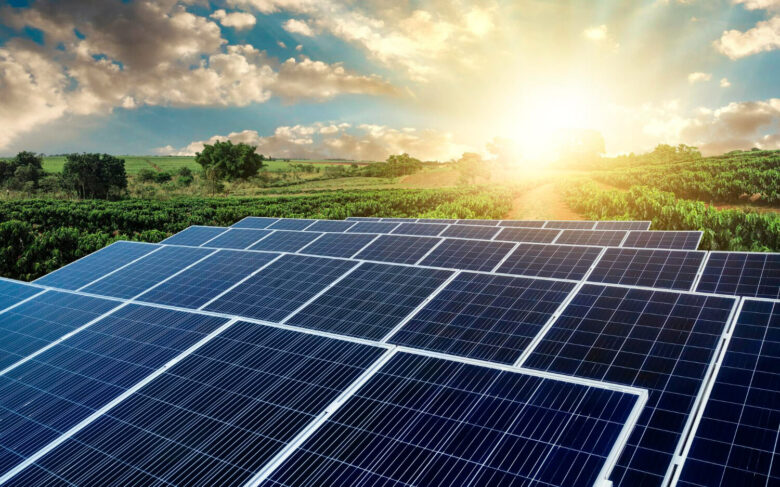As the world grapples with the need for cleaner and more sustainable energy sources, solar power has emerged as a frontrunner, offering a plethora of methods to capture and convert the sun’s abundant energy. In this article, we delve into the diverse methods used to obtain solar energy and their applications in shaping a greener future.
1. Photovoltaic (PV) Solar Cells:
- Description: Photovoltaic cells, commonly known as solar cells, directly convert sunlight into electricity.
- How it Works: When sunlight strikes the semiconductor material (usually silicon) in the cells, it generates an electric current as electrons are released. This direct current (DC) is then converted into alternating current (AC) for use in homes and businesses.
2. Solar Thermal Systems:
- Description: Solar thermal systems use sunlight to generate heat, applicable for various purposes, including electricity generation.
- How it Works: Divided into concentrating and non-concentrating systems, concentrating systems use mirrors or lenses to focus sunlight onto a small area, while non-concentrating systems absorb sunlight across a large surface area to produce heat.
3. Solar Water Heating Systems:
- Description: These systems utilize solar energy to heat water for residential, commercial, or industrial use.
- How it Works: Solar collectors, often mounted on rooftops, absorb sunlight and transfer thermal energy to a fluid, which circulates through a system to heat water for space heating, domestic use, or industrial processes.
4. Solar Cookers:
- Description: Solar cookers utilize sunlight for cooking and food preparation.
- How it Works: Reflectors or concentrators capture and focus sunlight onto a cooking area, creating heat for cooking. Solar cookers are particularly valuable in areas with limited access to traditional cooking fuels.
5. Solar Desalination:
- Description: Solar desalination harnesses solar energy to remove salt and impurities from seawater, making it suitable for consumption or agricultural use.
- How it Works: Solar stills or solar-assisted desalination processes use the sun’s heat to evaporate water, leaving behind salt and impurities. The vapor is then condensed back into liquid form, producing fresh water.
6. Solar-Powered Vehicles:
- Description: Solar energy can be employed to power vehicles, including cars, boats, and planes.
- How it Works: Solar panels mounted on the vehicle’s surface capture sunlight and convert it into electricity to charge batteries or directly power electric motors, reducing reliance on conventional fuel sources.
These various methods showcase the adaptability of solar energy, addressing a spectrum of needs and contributing significantly to the global transition toward sustainable and renewable energy sources. As technological advancements continue, the future holds the promise of even more innovative and efficient solar energy solutions.



